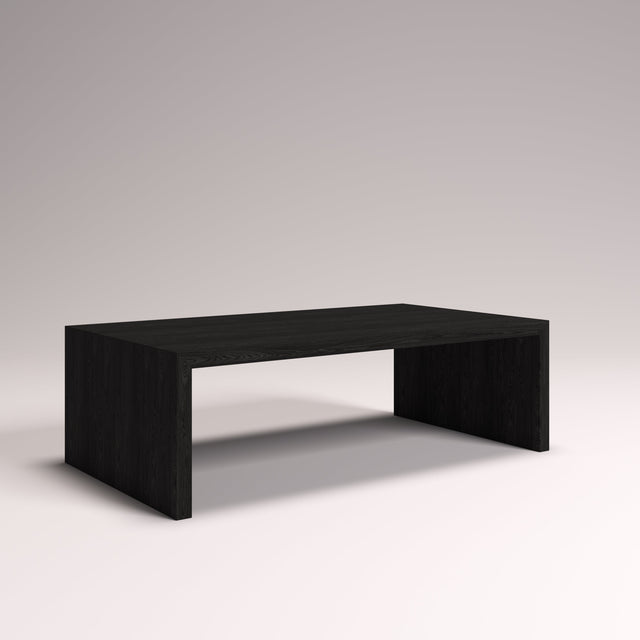Maple vs. Walnut: Which Wood Is the Better Investment for Your Home?
Let’s Settle This: Maple or Walnut?
If you’ve been browsing custom furniture, you’ve likely come across two popular choices: maple and walnut. They’re both hardwoods. They’re both beautiful. And yes they’re both proudly Canadian-made.
But when it comes to investing in custom furniture, you want more than just looks. You want to know what works for your home, your lifestyle, and your long-term plans.
So, which wood wins?
Let’s break it down.
1. Tone & Aesthetic
Maple: Light, Clean, and Modern
Maple has a soft, creamy tone with subtle grain perfect for:
-
Minimalist interiors
-
Smaller spaces that need brightening
-
Homes with cooler accents like concrete, glass, or steel
It plays well in neutral or Scandinavian inspired palettes and doesn’t overpower a room.
Think: Quiet elegance that doesn’t compete with the rest of your space.
Walnut: Dark, Rich, and Dramatic
Walnut leans into deep browns with striking, fluid grain patterns. It’s ideal if you want:
-
Warmth and depth
-
A bold, statement piece
-
Contrast in light-toned rooms
Think: A centrepiece with presence. A conversation starter. A table that anchors the room.
2. Durability & Daily Use
Both maple and walnut are considered hardwoods but they perform slightly differently.
-
Maple is dense and highly resistant to scratches and nicks. It’s a top choice for families, busy dining rooms, and high traffic areas.
-
Walnut is slightly softer but still durable. It’s better suited for pieces like coffee tables, bedroom furniture, or dining tables in lower-wear households.
Pro Tip: If you have kids, pets, or lots of daily use maple may be the more practical long term pick.
3. Aging & Patina
-
Maple tends to stay true to its original color but may amber slightly with age (especially in natural light).
-
Walnut develops a richer patina over time its hues deepen, and the grain becomes even more pronounced.
Both age beautifully. Just in different ways.
4. Cost & Value
Here’s the truth:
Walnut is typically more expensive than maple.
Why?
-
Walnut trees grow slower and are less common.
-
The rich color and bold grain demand a premium.
Maple offers more value per dollar and is often the go to for large builds (like long dining tables or built ins) when budget is a factor.
That said, both woods hold their value far better than veneered or mass produced options. They’re true investments.
5. Sustainability & Sourcing
Both walnut and maple are locally sourced here in Canada, which:
-
Supports sustainable forestry
-
Reduces shipping emissions
-
Strengthens the local economy
If you're looking to minimize your footprint, you can’t go wrong with either.

